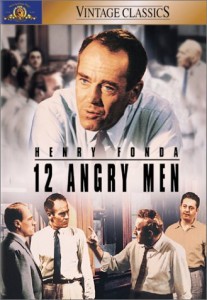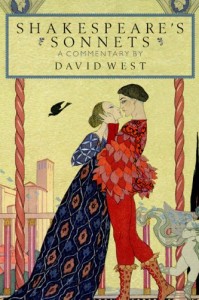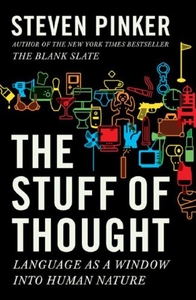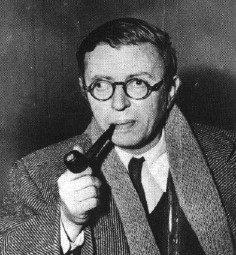by Majken Hirche
 Humans write, for the most part, to communicate with other humans, and this, of course, also goes for essay writing. It would therefore be productive to consider some aspects of human nature and written communication in relation to what humans perceive as good writing. Humans are curious , and when they read, they like to be presented with something new . Thus, good writing first of all offers new ideas, or at least new ways of looking at older ideas, to teach and please the curious mind. In addition, humans find simplicity difficult to resist: According to social psychologists, the human mind simply loves what is easy and dislikes what is difficult . It is therefore equally important to present the new ideas in a way that is appealing to the mind. Otherwise, what is the point of writing down new and exciting ideas, if no one bothers to read about them in the first place?
Humans write, for the most part, to communicate with other humans, and this, of course, also goes for essay writing. It would therefore be productive to consider some aspects of human nature and written communication in relation to what humans perceive as good writing. Humans are curious , and when they read, they like to be presented with something new . Thus, good writing first of all offers new ideas, or at least new ways of looking at older ideas, to teach and please the curious mind. In addition, humans find simplicity difficult to resist: According to social psychologists, the human mind simply loves what is easy and dislikes what is difficult . It is therefore equally important to present the new ideas in a way that is appealing to the mind. Otherwise, what is the point of writing down new and exciting ideas, if no one bothers to read about them in the first place?
Humans are by nature highly curious species, and they grasp every opportunity to explore, investigate and learn something new whenever they can, simply because it gives them a sense of pleasure and reward . It is of no surprise then, that new ideas are likely to invoke a certain amount of interest in humans. Therefore, think of the idea as a vital fundament of writing, and the first element to develop before getting into the actual writing process.
New and exciting ideas do not come by themselves however. It takes time and effort, and lot of mental energy to create new ways of looking at things. Fortunately, a smart guy named Alex Osborn got a brilliant idea one day in 1939 , and created a tool to aid and trigger new ways of thinking: Alex gave us brainstorming. Brainstorming is basically a four step program with the following rules : 1) focus on quantity, and generate as many thoughts and ideas as possible in relation to a chosen subject; 2) withhold criticism, and focus on being open to everything that comes into mind, no matter how odd the ideas may seem; 3) generate unusual ideas by looking at the subject from new perspectives by suspending assumptions; 4) try to improve ideas by combining existing ideas to form a single and better idea.
The brainstorming should result in a list of (hopefully) good ideas, from which the best idea can be picked out, and once the really good idea is found, it is time to consider some other significant elements of good writing.
Simplicity delights the human mind, and it is therefore important to create a text that is easy to read. However, complex writing is often quick and easy, while simplicity takes time, but never the less, less is more, and it is important not to overcomplicate things. Thus, by exchanging foreign words or scientific terms for simpler words, and by keeping the sentences short, the good writer has already done half the work. The text also has to make sense though. Therefore, address the topic and say what is relevant, and say it in a well ordered and logic manner; this will prevent the human mind from thinking too hard, and will in turn release pleasing chemicals in the brain, thereby making the human mind feel good about what it reads . On the contrary, if the human mind has to spend too much energy on sorting things out, it becomes tired and will likely give up reading half way through, and think of the experience as bad. One last thing, also make sure that the grammar is in order, and that the text has been thoroughly worked over many times – as the clever people say; good writing is rewriting.
References
Greetham, B. (2001). Palgrave Study Guides: How to Write Better Essays. Palgrave Macmillan.
Kang, M. J., et al. (2009). The Wick in the Candle of Learning: Epistemic Curiosity activates Reward Circuitry and Enhances Memory. Psychological Science, 20(8): 963-73.
Willis, J. (2008). Teaching the Brain to Read: Strategies for Improving Fluency, Vocabulary, and Comprehension, ASCD.
Winkielman, P. & Cacioppo, J. T., 2001. Mind at Ease Puts a Smile on the Face: Psychophysiological Evidence That Processing Facilitation Elicits Positive Affect. Journal of Personality and Social Psychology, 81(6): 989-1000.







